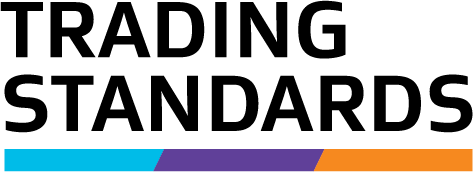Improving quality control and demonstrating compliance
Achieving good control over your packing system can reduce the amount of product ‘overfill’ while still ensuring packages meet the stated quantity.
Quality control practices
Examples of practices you can follow to show due diligence include some or all of the following:
Zero/tare check
Before using weighing equipment, always check that the indicator is reading zero, or that the tare figure for the packaging displayed is correct.
Calibrated test mass/measure to perform daily/weekly checks
Carrying out daily or weekly physical checks on your in-service equipment will give you confidence that your equipment is operating within prescribed tolerances — for example, using a calibrated 1kg test weight. These checks should be documented.
Use of dummy packages
Where an inline checkweigher is being used to carry out weight checks on a production line, dummy packages of varying weights can be passed through to confirm that the checkweigher is accepting and rejecting when expected to. This will provide you confidence that the checkweigher has been set to the correct control limits.
Regular level checks
Regularly check the level bubble on your weighing equipment to confirm the equipment is level. Equipment can be inaccurate if not level.
Recorded quantity checks
Create a sampling plan that's appropriate to your process and document the results. For example, 3 packages per hour or 5 packages during the duration of the production run. If the results fall outside tolerance, the process will require adjustment and previous packs within that batch should be re-checked.
Example of a quantity check sheet:
| Product | Date/Time | Gross weight | Stated weight on package | Tare weight | Difference (excluding packaging) | Action |
|---|---|---|---|---|---|---|
| Edam | 30 / 1 / 12 | 964g | 1kg | 4g | -40g | Stop / Recheck / Adjust |
Calibration certificates for weighing and measuring equipment
Ensure your equipment is verified and has an up to date Certificate of Accuracy. Maintaining a valid certificate may give you a defence if a breach of the Act is discovered by Trading Standards Officers.
Contract an Accredited Person to regularly check the condition and performance of your equipment.
Staff training and records
Provide training to all members of staff that are involved in the packing process so they are fully aware of their roles and responsibilities. For example, all members of staff should know the difference between net quantity and gross quantity. These records should be documented.
Documented procedures
Documenting your procedures and following them demonstrates 'due diligence'. Procedures should regularly be reviewed to make sure they are still suitable.
Storage conditions
Ensure the storage conditions both at your premises and at retail do not adversely affect the quantity of the goods.
Customer feedback
Encourage customer feedback and respond to complaints:
- Proactive — Send out feedback forms to customers asking them to raise any issues they might have with your product. Being proactive demonstrates a willingness to comply.
- Reactive — Investigate and follow up on customer complaints from individuals and retailers.
Evidence of 'due diligence'
Good quality control practices can also provide evidence if you need to rely on the defence within the Weights and Measures Act (the Act) for the supply of a deficient package.
If a deficiency is discovered, the Act provides a defence for packers if they can prove that:
- the offence was committed without their knowledge, and
- they took all reasonable precautions and used ‘due diligence’ to prevent the offence.
